-
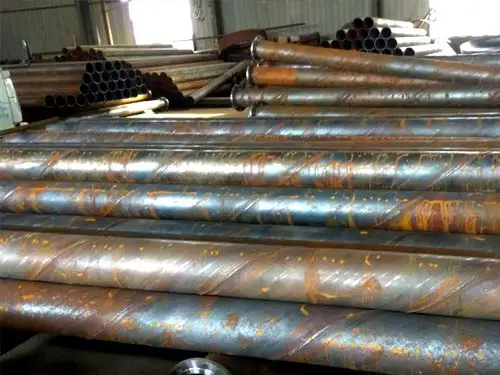
The products produced by our spiral steel pipe manufacturers often have waste products and finished products. We will not talk about these here. We directly enter the theme of today. We have made a technical update on the welding of the spiral steel pipe manufacturers. Too large directly causes a decrease in the proximity effect force, and also causes insufficient eddy current heat, and a bad crack is formed in the joint between the welds. This is a waste product.
-
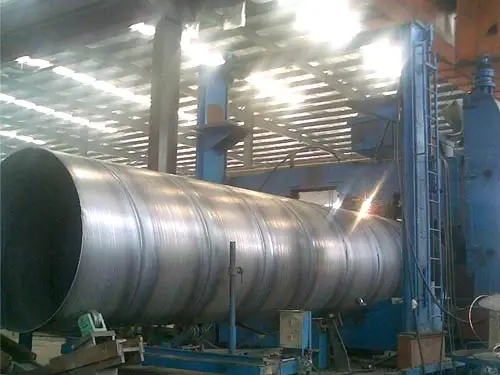
The welding before the spiral steel pipe manufacturers basically used the welding rod to complete the welding, but following the development of our era, the electrode was gradually replaced by double-sided submerged arc welding. Why is Xiaobian saying this? In fact, our previous application of manual welding and double-sided submerged arc welding are protected by slag, but we have developed flux by hand-welded slag. Here we talk about the technology and rise of double-sided submerged arc welding.
-
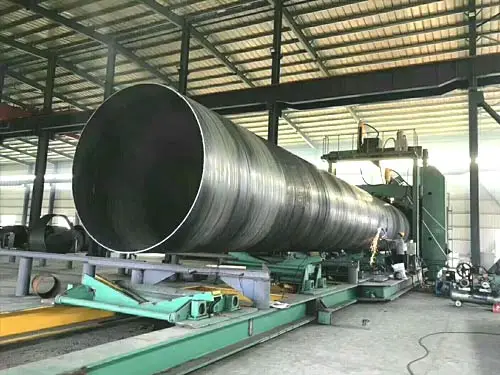
Large diameter spiral tube production process
-
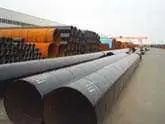
Spiral steel pipe is used for non-toxic 8710 anti-corrosion spiral steel pipe for drinking water , and is widely used in water quality pipeline.
-

The spiral tube is divided into three layers from the inside to the outside. The working steel pipe layer is generally made of seamless pipe ( gb8163-87 ) spiral welded pipe ( gb9711-88 ) according to the design and customer requirements. SY / t5038-92 ) and straight seam welded pipe ( gb3092-93 ). After the surface of the steel pipe is treated by advanced shot blasting, the corrosion grade of the steel pipe can reach the level of gb8923-1988 SA2 , and the surface roughness can reach the standard of gb6060.5-88 R = 12.5 microns.
-
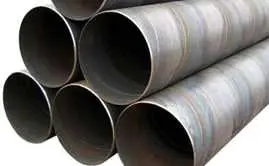
The finished spiral steel pipe is discharged after water cooling, but after all, after high temperature heating, the temperature of the spiral steel pipe is still quite high after water cooling, so the following points should be noted after the spiral pipe is taken off the summer :
-
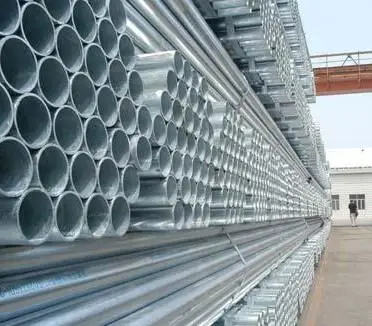
When stacking galvanized steel pipes, we must do a reasonable stacking and advanced first-hand
-
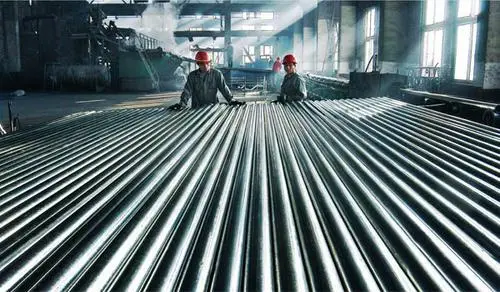
Difference between cold galvanizing and hot galvanizing
-
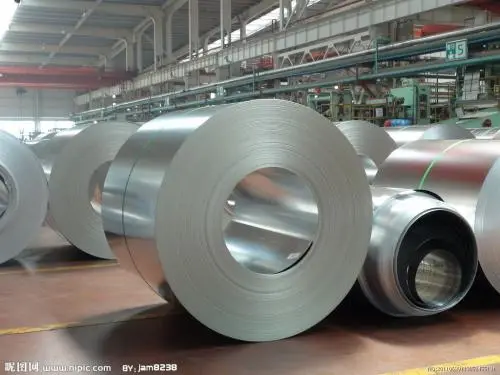
In recent years, many applications of hot rolled coils, especially thin gauge products, in the automotive industry, construction occupation, compressor occupation, etc.
-
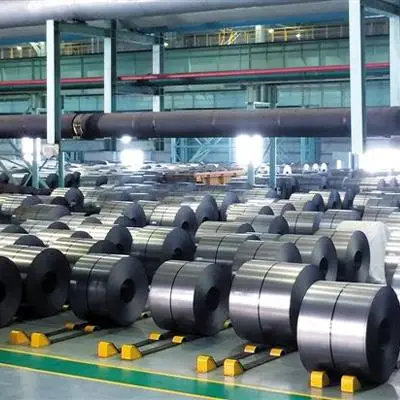
The raw material of cold-formed steel is hot-rolled coil, and most of the coils used for cold-formed steel have no thickened plates at all.
-

Hot rolled coil products have excellent functions such as high strength, good resistance, easy processing and excellent weldability. They are widely used in cold rolled substrates, ships, cars, bridges, construction, machinery, oil pipelines, pressure vessels. Waiting for a production career.
-
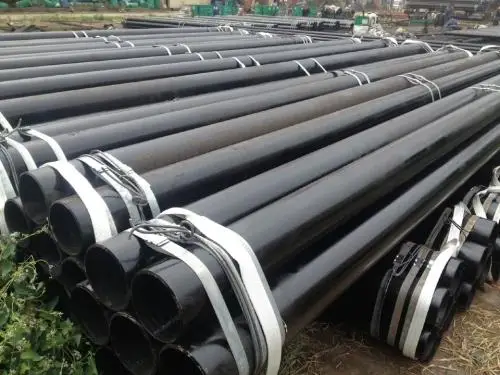
Stainless steel Seamless pipe production companies are aware that the so-called stainless steel seamless pipe and carbon steel seamless pipe differences, mainly refers to the difference between the stainless steel and carbon steel planning rules, that is to say, the two kinds of steel planning rules can not be universal. The differences are as follows:
-
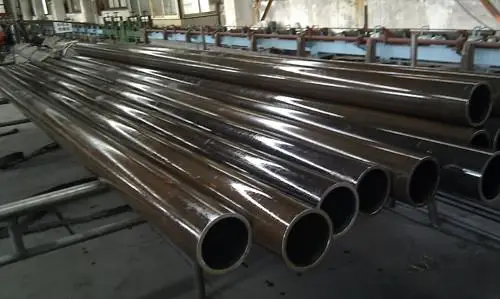
Carbon steel seamless pipe is a kind of steel strip. The pipe has a hollow section, a large number of pipelines used for conveying fluids, such as oil, gas, gas, water and some solid materials, such as pipelines.
-
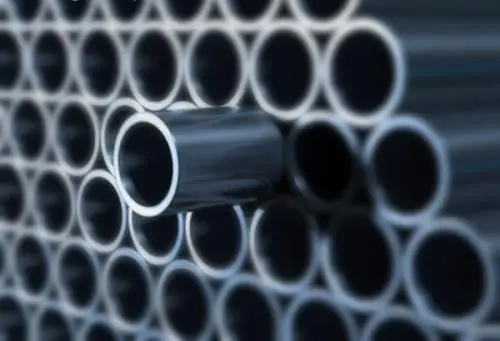
(1) The importance of the structure of heavy industrial structures, large-span structures, high-rise or super-high-rise civil construction structures or structures and other important structures, should consider the selection of good quality seamless steel tubes, the general industrial and civil architecture, according to the nature of the work can be selected by the ordinary quality of seamless steel tubes.
-
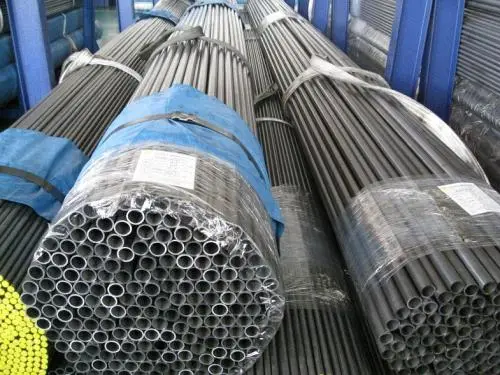
The standard provisions in piping, mechanical properties, physical properties, the use of performance and process performance indicators, corresponding to the different steel grades. Performance metrics vary greatly. Mechanical properties: Tensile strength, yield intensity, elongation, hardness, impact energy; physical properties mainly refer to the grain size.
-
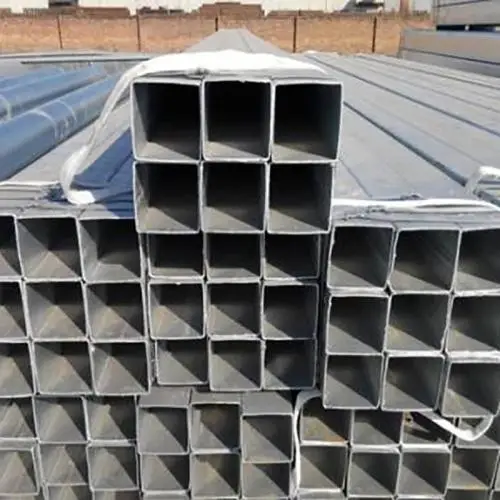
Hot dip galvanized square tube is used square tube plate or strip after curl forming in the hot dip galvanized pool through a series of chemical reactions forming the square tube; can also be hot-rolled or cold rolled galvanized steel strip after colda hollow square cross-section bend, then the high-frequency welded steel pipe.
-
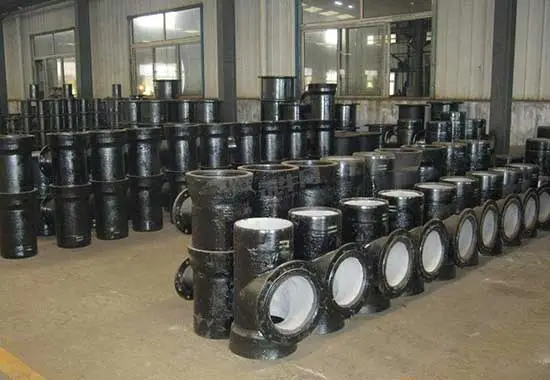
This problem about flat welding flanges has always been a topic of concern. It is related to the production costs or economic benefits of companies and enterprises. Therefore, the sealing principle of flat welding flanges is constantly improving and perfecting.
-
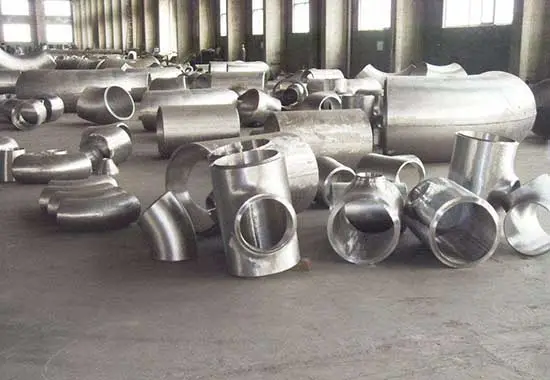
The manufacturing process of the high-pressure elbow firstly welds a polygonal ring shell with a polygonal cross section or a multi-edge fan shell closed at both ends. After the internal pressure is filled with the pressure medium, the internal pressure is applied, and the cross section changes gradually from the polygon under the action of the internal pressure.
-
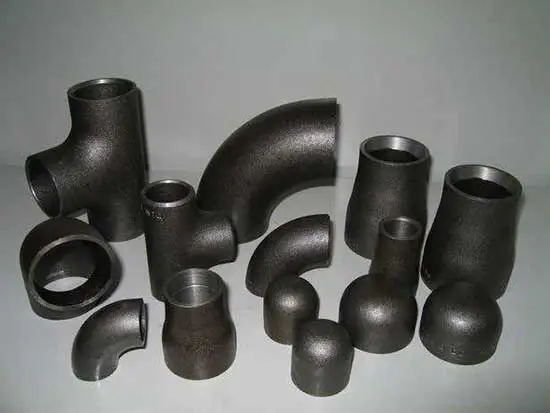
Because the elbow has good comprehensive performance, it is widely used in chemical engineering, construction, water supply, drainage, petroleum, light and heavy industry, refrigeration, sanitation, plumbing, fire protection, electric power, aerospace, shipbuilding and other basic projects.
-
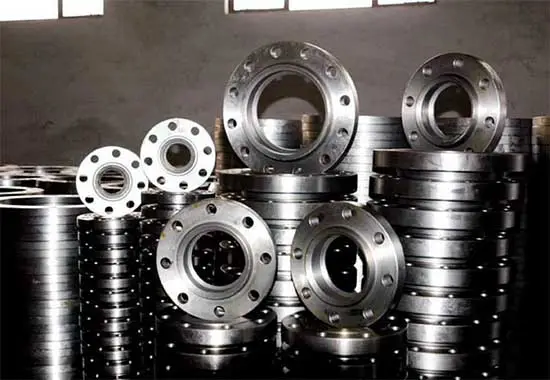
WCB (carbon steel), LCB (low temperature carbon steel), LC3 (3.5% nickel steel), WC5 (1.25% chromium 0.5% molybdenum steel), WC9 (2.25% chromium), C5 (5% chromium 0.5% molybdenum), C12 (9% chromium 1% molybdenum), CA6NM (4 (12% chromium steel), CA15 (4) (12% chromium), CF8M (316 stainless steel), CF8C (347 stainless steel), CF8 (304 stainless steel), CF3 (304L Stainless steel), CF3M (316L stainless steel), CN7M (alloy steel), M35-1 (Monel), N7M (Hast nickel alloy B), CW6M (Hasta nickel alloy C), CY40 (Inconel nickel alloy) etc.
-
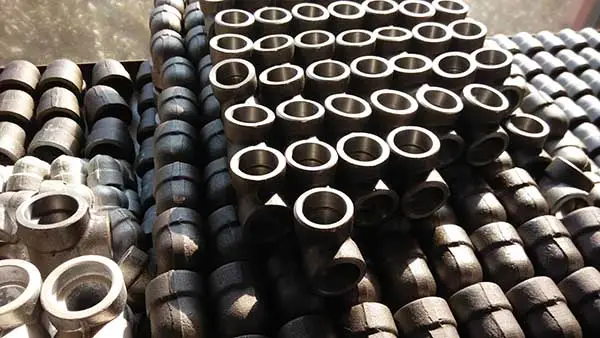
There are many types of pipe fittings, which are classified according to their use, connection, materials, and processing methods.




















